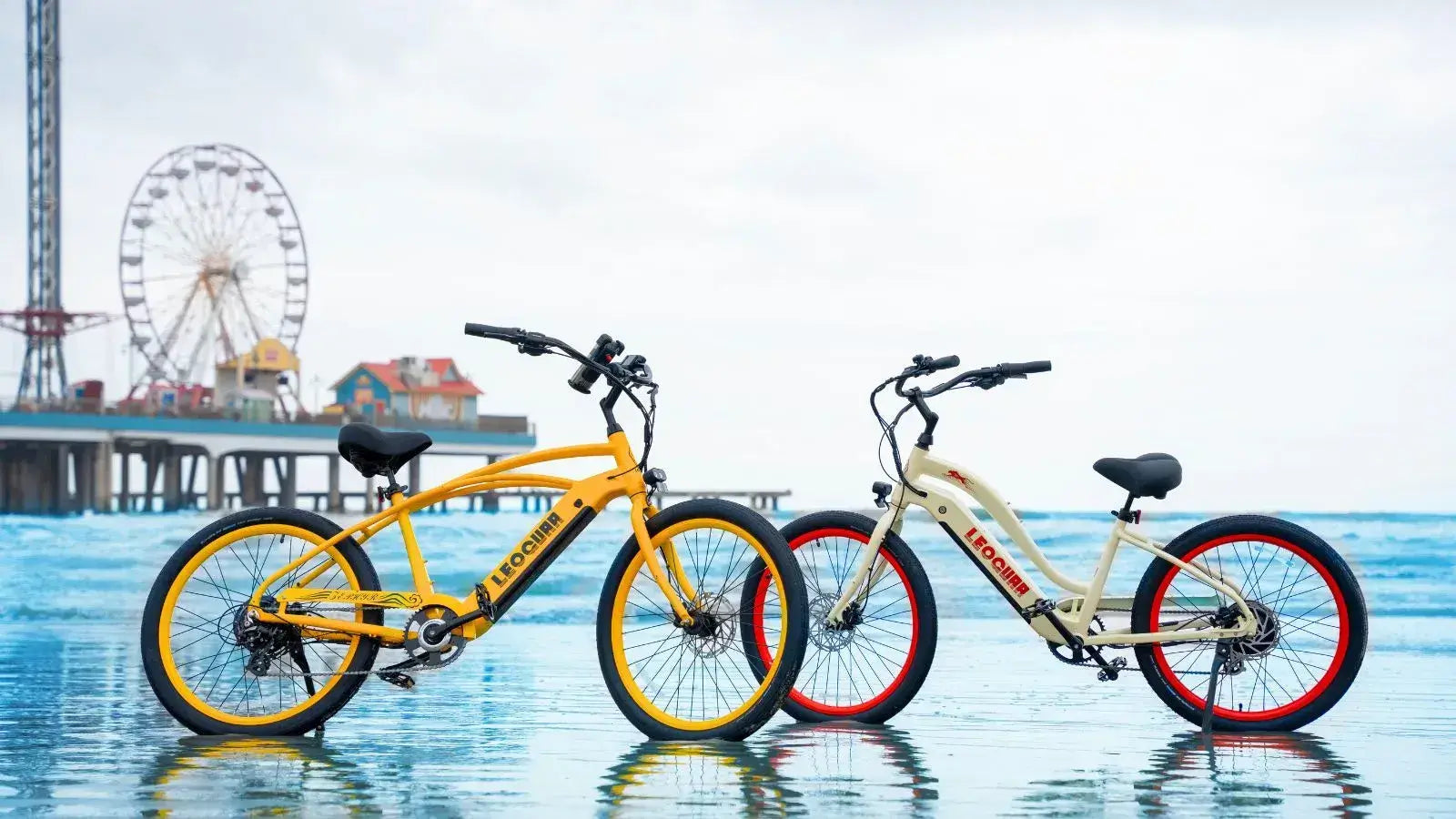
Best Ebikes for Sand with Beach Cruiser Comfort and Fat Tire Grip
The Dream of Beach Riding
Picture yourself gliding along the shoreline with the sun on your face. You want the effortless comfort of a classic beach cruiser. But the reality is often frustrating when standard bike tires dig into the sand. This brings your perfect day to a grinding halt. You love the beach and the relaxed style of a cruiser. But you need a bike that won't sink. This is where we come in to help.
We're here to guide you to the perfect mix of fat tire grip and beach cruiser comfort. Finding the best ebike for sand isn't about giving up features. It's about a smart combination of three key parts: the right tires for floating on sand, enough power to handle soft surfaces, and a comfortable frame designed for pure relaxation.
Why Your Ebike Sinks
Riding on sand is a unique challenge that needs special equipment. It's a matter of physics, and understanding why your standard ebike fails is the first step toward finding one that works. Sand isn't the same everywhere, and its properties greatly affect how a bike performs.
Dry, Loose Sand: This is the deep, soft sand found away from the water's edge. It offers almost no support for your bike. Narrow tires focus the rider's and bike's weight onto a tiny contact area, causing them to slice into the sand like a knife. This creates huge rolling resistance, making it nearly impossible to pedal, even with motor help.
Wet, Packed Sand: Found near the low-tide line, this sand is much firmer and easier to ride on. However, it can still be uneven and hide soft spots that catch you off guard. While a regular bike might manage for short distances, it still takes significant effort and lacks the grip needed for confident control. Also, this environment is highly damaging due to saltwater spray.
A traditional, non-electric beach cruiser, while stylish, is incredibly hard to ride on anything but the most packed sand. You end up fighting for every foot of progress, which ruins the relaxing experience you wanted. A standard ebike, while powerful, will simply spin its narrow tires and dig itself into a sandy trench. The key isn't just power; it's how that power gets to the ground effectively.
When planning your beach adventures, always remember to check local rules about vehicle use on shorelines, as per regulations for regulations for beach driving and access.
Anatomy of a Sand Ebike
To truly conquer the coast, an ebike needs a specific set of features that work together. We've broken down the perfect sand and cruiser ebike into five key parts. Understanding these will help you evaluate any model and make a smart choice.
1. Fat Tires for Flotation
This is the must-have foundation that you cannot skip. Fat tires are what allow an ebike to "float" on top of the sand instead of sinking into it. The principle is about spreading weight over a larger surface area, just like snowshoes work on snow.
Tire Width: Look for tires that are 4 inches wide or wider for the best sand performance. This is the gold standard that experienced riders swear by. The industry standard for fat tires ranges from 3.8 to 5.0 inches, giving you plenty of options. This width, combined with lower air pressure, creates a massive contact area with the ground.
Tire Pressure (PSI): For soft sand, you'll want to lower your tire pressure significantly, often into the 5-10 PSI range. This allows the tire to flatten out like a balloon, maximizing its footprint and providing the flotation needed to stay on top of the sand. It's like the difference between wearing high heels and wearing snow boots on soft ground.
Tread Pattern: For all-around beach use, a tread with smaller, more tightly spaced knobs is ideal for most conditions. It provides enough bite for loose sand without creating too much rolling resistance on pavement or packed sand. Avoid aggressive, widely spaced knobs designed for mud, as these create unnecessary drag on firmer surfaces.
2. The Motor for Power
Sand creates a huge amount of drag, and you need a motor that can overcome it without overheating or stalling. Power is your best friend when the ground gets soft and challenging.
Motor Type: You'll primarily see two types: hub motors and mid-drive motors, each with their own strengths. For the raw, brute force needed for deep sand, a powerful rear hub motor of 750W or higher is often the top choice since it delivers power directly to the wheel. A torque-sensing mid-drive motor, on the other hand, can feel more natural, applying power based on how hard you pedal. For a deeper dive, you can explore the differences between hub motors versus mid-drive motors.
Wattage and Torque: Wattage (W) is a measure of the motor's power output, like horsepower in a car. For sand, we recommend at least a 750W motor to handle the extra resistance. Torque, measured in Newton-meters (Nm), is the rotational force that gets you moving from a standstill and keeps you going through tough spots. High torque (80 Nm or more) is crucial for getting started in soft sand and powering through thick patches without getting stuck.
3. Frame for Cruiser Comfort
A bike can have all the power in the world, but if it's uncomfortable to ride, you won't use it for long beach adventures. The frame's material and shape define the soul of the beach cruiser experience that makes these bikes so appealing.
Frame Material: Most frames are either aluminum or steel, each with clear advantages for beach riding. Aluminum is the popular choice for beach environments because it's lightweight and naturally fights rust. Steel offers a slightly smoother and vibration-dampening ride but must have a high-quality, durable paint job or coating to prevent rust from salty air.
Geometry: The classic "cruiser feel" comes from a specific frame design that prioritizes comfort over speed. Look for an upright riding position that takes the strain off your back and neck, swept-back handlebars that bring the grips closer to you, and a relaxed seat tube angle that allows for a comfortable, laid-back posture. This geometry lets you enjoy the scenery instead of staring at the ground.
Step-Thru vs. Step-Over: A step-thru frame, with its low top tube, is incredibly convenient for casual riding and frequent stops. It makes getting on and off the bike effortless, which is perfect for frequent stops to enjoy the view or take a photo. This design is especially helpful when wearing beach clothes or carrying gear.
4. Drivetrain for Reliability
The beach is a harsh environment filled with sand and salt, both of which are enemies of your bike's moving parts. Simplicity and durability are more important than having every possible feature.
Gearing: A complex drivetrain with many gears is often unnecessary and harder to maintain in sandy conditions. A simple 7- to 9-speed system provides enough range for varied terrain without being overly complicated or prone to problems. This gives you the versatility you need without the headaches.
Belt Drive vs. Chain: This is a game-changer for beach riding that many people don't know about. A traditional chain requires constant cleaning and lubrication to prevent rust and wear from sand and salt. A carbon belt drive, however, is a nearly maintenance-free solution that transforms your ownership experience. It doesn't rust, isn't affected by sand, and runs quietly like a whisper. The benefits of a belt drive system make it the ultimate choice for a hassle-free coastal ebike.
Brakes: Sand can be an unpredictable surface with sudden soft spots and obstacles. You need reliable stopping power that works every time. Hydraulic disc brakes are superior to mechanical ones, offering more stopping force with less hand effort and better control. They provide consistent, powerful braking, which is a critical safety feature when navigating soft spots or crowded boardwalks.
5. Battery and Durability
Riding on sand is demanding and drains a battery much faster than riding on smooth pavement. You need a battery that can go the distance and components that can withstand the harsh coastal climate for years.
Battery Capacity: Battery capacity is measured in Amp-hours (Ah), which tells you how long the battery will last. For beach riding, we strongly recommend a battery with a capacity of 15Ah or more to handle the extra power demands. This will give you the confidence to explore for longer without worrying about running out of power halfway down the beach.
Corrosion Resistance: The salty air is relentless and will attack any vulnerable metal parts over time. A true beach-worthy ebike will use rust-resistant materials throughout its construction. Look for stainless steel or specially coated hardware, including bolts, screws, spokes, and other small components that are often overlooked. These details make a huge difference in the long-term durability of your investment.
Feature Comparison
To simplify your decision, we've created a table that highlights the key differences between an ebike built for sand and a more traditional cruiser-style ebike.
| Feature | All-Terrain Fat Tire Ebike | Classic Beach Cruiser Ebike |
|---|---|---|
| Tires | 4.0" or wider for maximum flotation | 2.1" - 2.5" for pavement and packed surfaces |
| Motor Power | High (750W+) with high torque for soft sand | Moderate (250-500W) for assistance on flat ground |
| Riding Posture | Slightly forward, athletic stance | Fully upright and relaxed |
| Sand Performance | Excellent on all sand types, including loose and dry | Good on packed sand; struggles in soft sand |
| Best For | All-terrain adventure, serious beach riding, exploration | Casual boardwalk cruising, style, and comfort on pavement |
Mastering Sand Riding
Owning the right bike is only half the battle for successful beach adventures. Knowing how to ride it on sand and how to care for it afterward will transform your experience and protect your ebike for years to come. Here are some pro tips from our team that will make you look like an expert.
Pro Riding Techniques
-
Lower Your Tire Pressure. Before you hit the soft stuff, let some air out of your tires using a pressure gauge. Use a gauge to aim for a range of 5-10 PSI, which feels surprisingly low compared to road riding. This is the single most effective thing you can do to improve flotation and prevent sinking.
-
Stay Seated and Keep Momentum. Stand-up pedaling shifts your weight forward, causing the rear wheel to lose traction and dig in like a shovel. Stay seated to keep your weight over the rear wheel where the power is delivered. Momentum is your friend; try to anticipate soft patches and carry a steady speed through them rather than stopping and starting.
-
Use a High, Steady Cadence. Instead of mashing the pedals in a high gear, shift to an easier gear and spin the pedals at a faster, smoother pace. This delivers power more evenly and prevents the tire from breaking traction and spinning uselessly. Think smooth and steady rather than hard and jerky.
-
Look Ahead and Pick Your Line. Scan the beach ahead of you like a race car driver looking for the best path. Look for the darker, wetter, and more compact sand, which is usually found closer to the water at low tide. Avoid the deep, churned-up sand whenever possible, as it will slow you down and drain your battery faster.
-
Master the Throttle. If your ebike has a throttle, use it for smooth starts rather than sudden bursts. A sudden burst of power will just spin the tire and dig you into a hole. Apply the throttle gently and gradually to get moving without creating a sand trap beneath your wheels.
The Post-Ride Ritual
Salt and sand are abrasive and corrosive enemies that will slowly destroy your bike if you let them. A five-minute cleaning routine after every beach ride is essential for protecting your investment and keeping everything working smoothly.
Rinse, Don't Blast: Use a garden hose on a gentle setting to rinse fresh water over the entire bike, washing away salt and sand. Avoid using a high-pressure washer, as it can force water and sand into sensitive bearings and electrical components where they can cause damage. Think gentle shower, not fire hose.
Clean and Lube the Drivetrain: Pay special attention to the chain (if you have one), cassette, and derailleurs where sand loves to hide. Use a degreaser and a brush to remove all sand particles, then dry thoroughly and apply a quality bike-specific lubricant. This prevents the grinding action that wears out expensive parts.
Wipe Down and Protect: Use a clean cloth to wipe down the frame, fork, and handlebars, removing any salt residue. Applying a bike-specific protectant spray can add a layer of defense against moisture and salt that extends the life of your bike. Don't forget to clean the seat and grips where your hands and body make contact.
Battery Care: Remove the battery and wipe down the casing and electrical contacts with a dry cloth to ensure a clean, corrosion-free connection. Store the battery in a cool, dry place away from direct sunlight and extreme temperatures. This simple step prevents expensive electrical problems down the road.
Our Top Ebike Profiles
While many brands offer compelling options, the best ebike for sand is less about a specific model and more about a specific profile that matches your needs. We see three main types that blend sand capability with beach cruiser comfort, each designed for different riders and budgets.
1. The All-Terrain Adventurer
This bike is a workhorse built for serious exploration and challenging conditions. It features a powerful 750W (or even 1000W) hub motor, a large-capacity battery (20Ah+), and robust 4-inch or wider tires that can handle anything. The geometry is a hybrid, offering a comfortable upright position that's still athletic enough for tackling dunes and trails without compromising control. It has hydraulic brakes for reliable stopping, a sturdy cargo rack for your gear, and a build quality designed for abuse and adventure. This is the choice for someone who wants to explore far down the coast, go beach fishing, or ride in any condition, no questions asked.
2. The Coastal Stylist
This profile prioritizes comfort, low maintenance, and classic cruiser looks without giving up core sand capability. It typically features a 500W or 750W motor, which is plenty for packed sand and boardwalks while still being efficient. Its standout feature is often a clean, quiet, and maintenance-free carbon belt drive that eliminates chain problems forever. The frame is a true step-thru for maximum convenience, with wide, swept-back handlebars and a plush saddle that makes every ride feel like a vacation. This is the perfect ebike for the rider who wants a beautiful, hassle-free machine for daily cruises and relaxed rides on firm sand.
3. The Capable Weekender
This profile offers the best value, providing the essential features for beach riding without the premium price tag that breaks the budget. It will have 4-inch fat tires and a 500W or 750W hub motor that handles most beach conditions with ease. To manage costs, it may use mechanical disc brakes and a slightly smaller battery (14-15Ah), which is still sufficient for most casual beach outings and weekend adventures. The frame is a simple, durable aluminum construction, often in a step-thru design for easy mounting. This is an excellent starting point for someone new to beach e-biking who wants a reliable and fun bike for weekend adventures.

Your Perfect Beach Ride
The perfect beach ride is no longer just a dream but an achievable reality with the right equipment. By choosing an ebike designed specifically for the challenges of sand, you unlock a new world of coastal exploration and adventure. The key is to look beyond the marketing hype and focus on the five pillars of a true sand machine: wide fat tires for flotation, a powerful motor with high torque, a comfortable and rust-resistant cruiser frame, a durable and low-maintenance drivetrain, and a long-range battery that won't leave you stranded.
Armed with this knowledge, you are now ready to find the beach cruiser e bike that will carry you on countless sun-soaked adventures. Remember that the perfect bike is the one that matches your specific needs, riding style, and budget while delivering the sand performance and cruiser comfort you're looking for.
Frequently Asked Questions
1. Q: What tire pressure should I use for riding on sand?
A: For soft sand, lower your tire pressure to 5-10 PSI to maximize the tire's contact area and improve flotation. This is much lower than normal road riding pressure but essential for sand performance.
2. Q: Can I ride a regular beach cruiser bike on sand?
A: Regular beach cruiser bikes with narrow tires will struggle in soft sand and sink easily. They work okay on very packed sand near the water but aren't suitable for exploring loose, dry sand areas.
3. Q: How much motor power do I need for sand riding?
A: We recommend at least 750W of motor power for reliable sand performance. This provides enough torque to get started in soft sand and maintain momentum through challenging sections without overheating.
4. Q: Do I need special maintenance after riding on the beach?
A: Yes, always rinse your bike with fresh water after beach rides to remove salt and sand. Pay special attention to the drivetrain, and dry and lubricate the chain if you have one. This prevents corrosion and extends your bike's life.
5. Q: What's the difference between a belt drive and chain drive for beach riding?
A: A belt drive is virtually maintenance-free and unaffected by sand or salt, making it ideal for beach conditions. A traditional chain requires regular cleaning and lubrication to prevent rust and wear from the harsh coastal environment.
































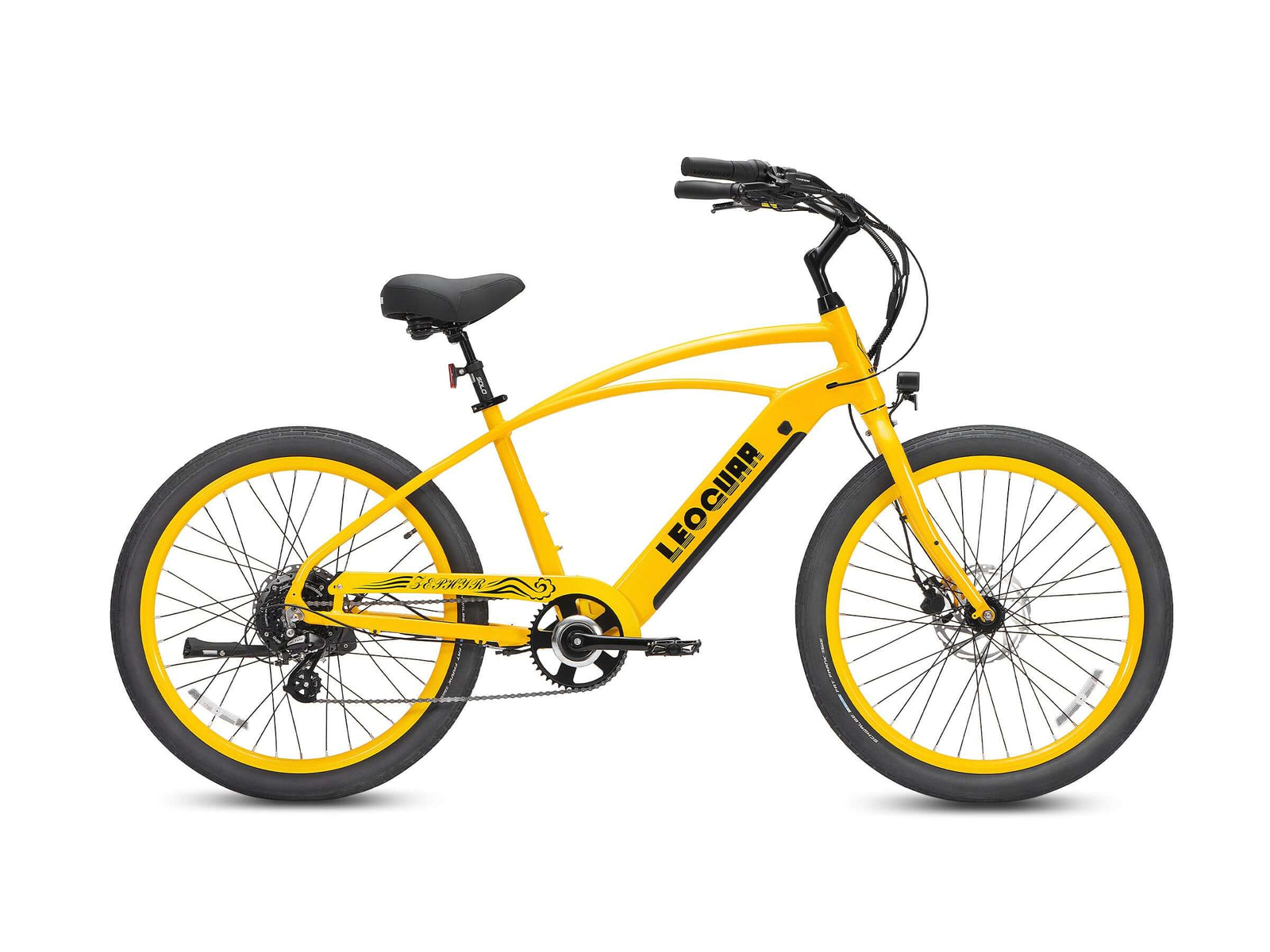

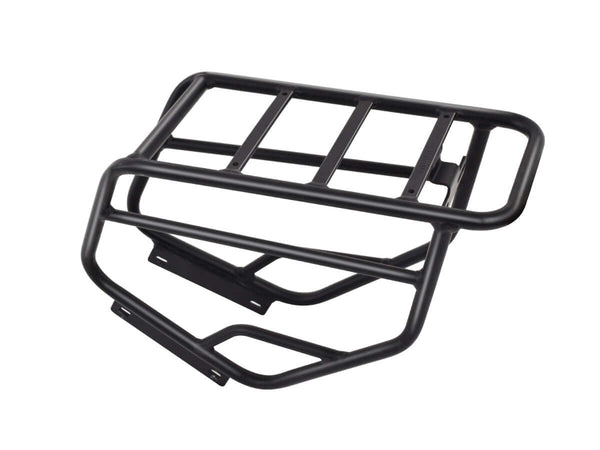
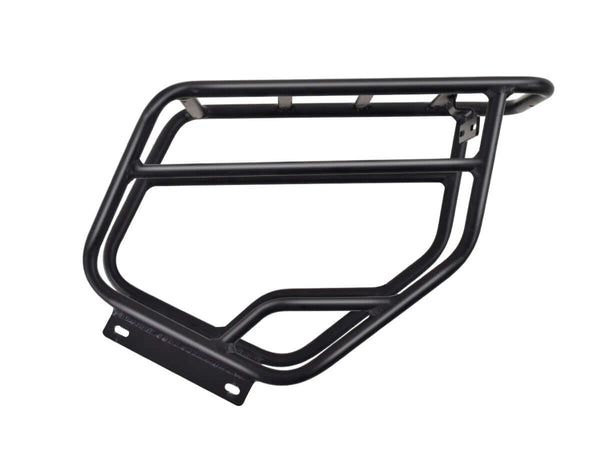
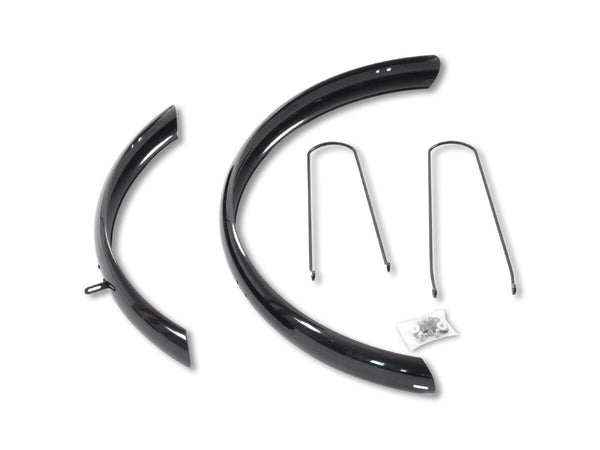








Leave a comment